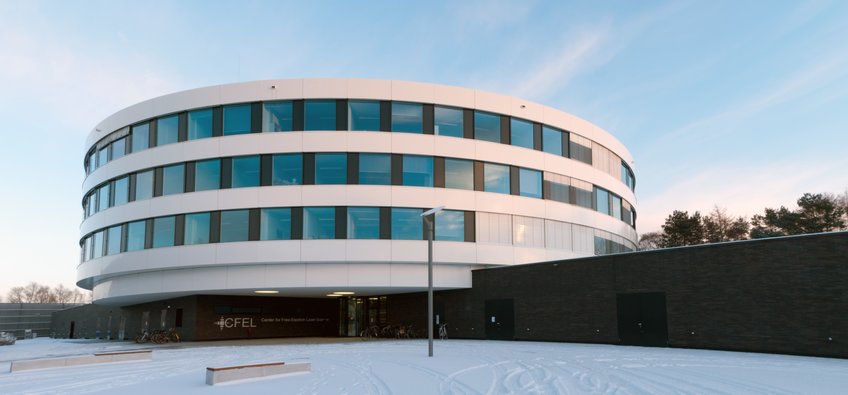
Max Planck Institute for the Structure and Dynamics of Matter
New methods are enabling physicists and biologists at the Max Planck Institute for the Structure and Dynamics of Matter to break new scientific ground. With the help of new radiation sources, especially the x-ray free-electron laser being built at the DESY in Hamburg, the researchers can show the properties and behavior of matter at a spatial resolution of a few nanometers and at time intervals of a few billionths of a billionth of a second. This provides them with completely new insights into the structure and function of biological materials and into the properties of solids and their electronic and structural dynamics. The coherent light of lasers enables the physicists to inspect the collective properties, for example superconductivity, of complex solids, including many types of ceramics.
Contact
Luruper Chaussee 149, Geb. 99 (CFEL)22761 Hamburg
Phone: +49 40 8998-88002
Fax: +49 40 8994-6570
PhD opportunities
This institute has an International Max Planck Research School (IMPRS):
IMPRS for Ultrafast Imaging and Structural DynamicsIn addition, there is the possibility of individual doctoral research. Please contact the directors or research group leaders at the Institute.









